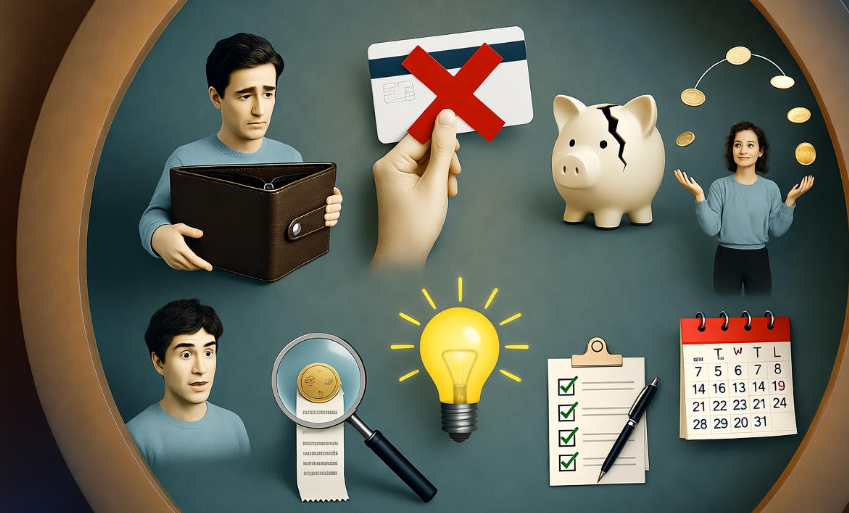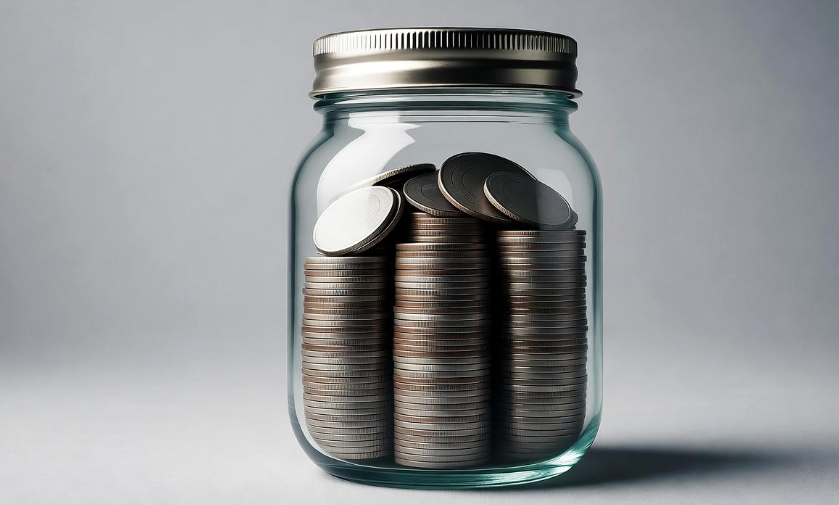Financial stability is something many of us dream about—but reaching it can feel tricky, especially with rising living costs and shifting economies. The good news? With the right strategies, planning, and mindset, you can build a secure financial future in 2025. Here’s a step-by-step guide that’s practical, human, and easy to follow.
Understand Your Financial Situation
Before making any changes, it’s crucial to know exactly where you stand financially. This means looking closely at your income, expenses, debts, and savings. Write everything down. Sometimes seeing numbers on paper makes it much clearer than just thinking about them.
-
Income: List all sources—salary, freelance work, side hustles, or passive income.
-
Expenses: Track monthly spending for at least a month. Include everything—small coffee purchases, subscriptions, groceries, bills.
-
Debt: Know your debts, interest rates, and payment deadlines.
-
Savings & Investments: Account for any savings, investments, or retirement plans.
Pro tip: Apps like Mint, YNAB, or simple Excel sheets can make tracking easier.
Create a Realistic Budget
Budgeting isn’t about restricting yourself—it’s about controlling your money. In 2025, digital tools make budgeting more flexible than ever.
-
Use the 50/30/20 rule: 50% for needs, 30% for wants, 20% for savings and debt repayment.
-
Adjust percentages according to your goals. For example, if debt repayment is urgent, you may allocate 30% to debt and 20% to savings.
Here’s a simple example for a monthly income of $3,000:
| Category | Percentage | Amount ($) |
|---|---|---|
| Needs | 50% | 1,500 |
| Wants | 30% | 900 |
| Savings/Debt | 20% | 600 |
Build an Emergency Fund
Unexpected expenses can derail your financial plan. An emergency fund acts like a safety net.
-
Aim for 3-6 months of essential expenses saved.
-
Keep the money in a high-yield savings account for easy access.
-
Start small if needed—just $50–$100 per month adds up over time.
Real talk: Life happens. Even if you save slowly, consistency is more important than speed.
Cut Unnecessary Expenses
Sometimes, small expenses add up faster than we realize. Identify areas where you can reduce spending without hurting your lifestyle.
-
Cancel unused subscriptions.
-
Cook more at home instead of eating out.
-
Shop with a list to avoid impulse buying.
-
Look for digital tools or cashback apps to save on routine purchases.
Increase Your Income Streams
Relying on a single income source can be risky, especially in 2025’s evolving economy. Look for ways to increase income:
-
Freelancing or gig work online (writing, design, coding).
-
Selling unused items or handmade products.
-
Investing in stocks, crypto, or real estate cautiously.
-
Learning new skills that can boost your career or side hustles.
Tip: Diversifying income streams is like planting multiple seeds—you don’t know which will grow fastest, but it increases your chances of long-term financial growth.
Pay Off Debt Strategically
Debt can prevent financial stability if not managed properly.
-
Start with high-interest debt first (like credit cards).
-
Consider the debt snowball method: pay off small debts first for motivation, then tackle bigger ones.
-
Avoid accumulating new debt unless it’s absolutely necessary.
Invest for the Future
Saving is essential, but investing helps your money grow faster. In 2025, you have more options than ever.
-
Stock Market: Even small, consistent investments can grow significantly over time.
-
Mutual Funds & ETFs: Less risky than picking individual stocks.
-
Retirement Accounts: Maximize contributions to 401(k), IRA, or local equivalents.
-
Side Investments: Real estate, digital assets, or businesses if you have knowledge and risk tolerance.
Friendly advice: Don’t invest blindly. Learn, research, and start small.
Adopt Smart Financial Habits
Consistency beats intensity. Adopt habits that gradually improve your finances:
-
Review your budget monthly.
-
Automate savings and investments.
-
Avoid lifestyle inflation—just because you earn more doesn’t mean you should spend more.
-
Read financial news or books to stay informed.
Use Technology to Your Advantage
Apps, AI tools, and online platforms can make financial management easier in 2025.
-
Track spending automatically.
-
Set alerts for bills and low balances.
-
Compare investment platforms for better returns.
Stay Motivated and Patient
Financial stability doesn’t happen overnight. Celebrate small wins—like paying off a credit card or saving your first $1,000. The key is consistency, patience, and avoiding shortcuts that promise quick riches.
Simple Goal-Setting Table
| Goal | Timeline | Action Steps | Progress Check |
|---|---|---|---|
| Save $1,000 emergency fund | 6 months | Save $170/month | Monthly review |
| Pay off credit card debt | 12 months | Pay $200 extra/month | Track payments |
| Start investing | 3 months | Open brokerage account, invest $100/month | Review quarterly |
| Increase income | 6 months | Freelance or part-time work | Track monthly earnings |

FAQs
Q: How much should I save monthly to reach financial stability?
A: It depends on your income and expenses. A good start is 20% of your income for savings and debt repayment combined. Even small amounts matter—consistency is key.
Q: Is investing necessary for financial stability?
A: Not mandatory, but highly recommended. Savings alone may not grow enough to keep up with inflation. Even small investments over time compound significantly.
Q: What if I have debt and no savings?
A: Prioritize building a small emergency fund first ($500–$1,000) while paying off high-interest debts gradually. Balance is important.
Q: Can I reach financial stability on a low income?
A: Yes. It requires careful budgeting, minimizing unnecessary expenses, and gradually increasing income streams. Smart financial habits make a huge difference.
Q: How do I stay motivated to stick with a budget?
A: Set small, achievable goals. Reward yourself for milestones. Track progress visually—seeing improvement can be very motivating.
Financial stability in 2025 is not a dream—it’s achievable with clear planning, smart habits, and consistent action. Start small, stay disciplined, and keep learning. Over time, your efforts will compound into financial freedom.




